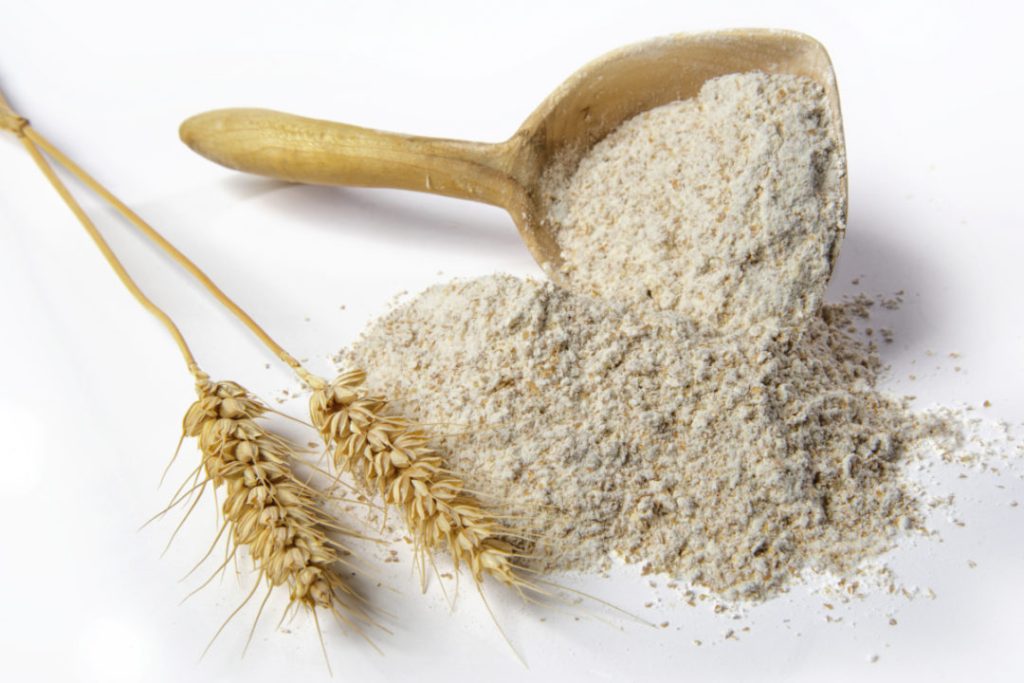Substitutes for Chickpea: 10 Best Alternatives + FAQs!
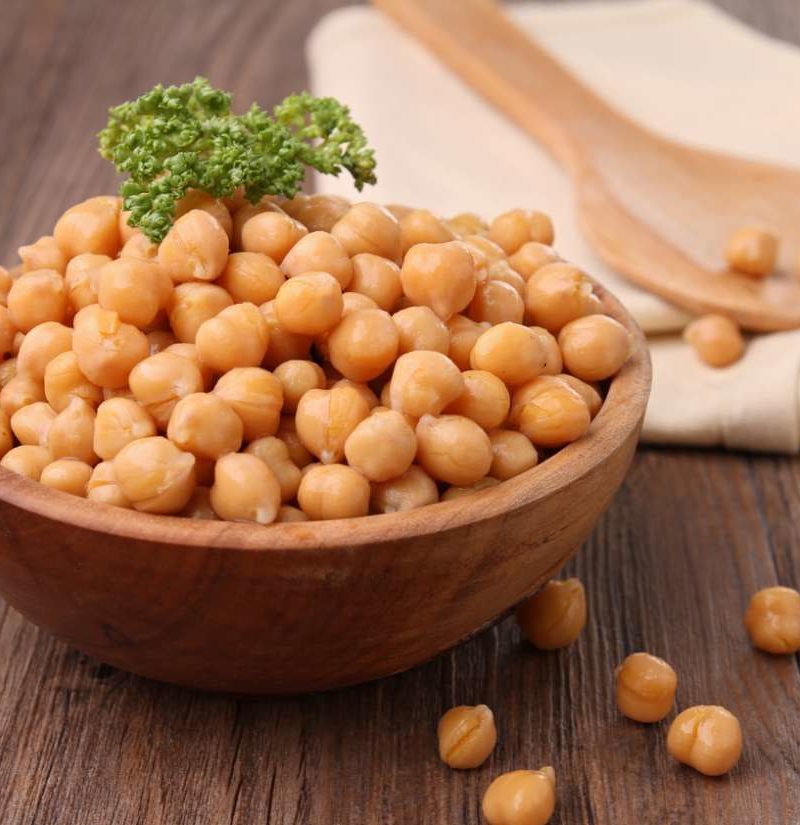
Chickpeas are a nutritious, vegan, and vegetarian food source that you may use to replace meat in various ways. Hummus and falafel are some of the most popular dishes. It has excellent health advantages, and its flavor and utility in the kitchen have been attested to by vegans and vegetarians alike.
Chickpea flour is becoming increasingly popular worldwide; however, it is unavailable in some locations. However, quinoa flour, millet flour, cassava flour, wheat flour, oat flour, seitan flour, almond flour, buckwheat flour, amaranth flour, and spelled flour can all be used in place of chickpea flour. Here are some ideas for using these ten replacements in your recipes.
1. Quinoa
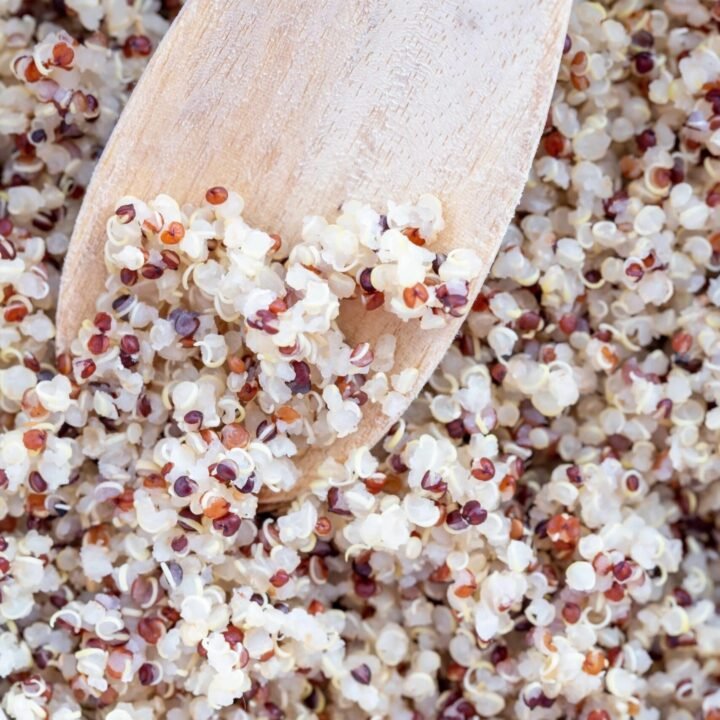
Quinoa is capable of more than just replacing rice and other carbohydrate sources. I recently found that you may use quinoa or quinoa flour to make burger patties. I mix it with the rest of the materials and use it as a binder. It’s ideal for vegan and vegetarian dishes alike. If you’re a falafel enthusiast, try replacing the flour with quinoa flour and following the remainder of the recipe. Quinoa nuggets, quinoa balls, quinoa hotdogs, and many other dishes are available.
2. Millet
Millet is a popular crop throughout Asia and Africa, where it is used as a staple diet. The benefit of this type of flour is that it resembles wheat flour minus gluten. More nutritious, having more protein, amino acids, and dietary fibers. When using it in baked goods, I recommend combining it with other types of flour, such as wheat flour, to ensure optimal binding. When too much or too little water is added, it tends to fall apart.
3. Cassava Flour
Cassava flour is made from cassava root that has been thrashed. It looks a lot like potatoes and can be cooked or eaten raw. It’s also a fantastic source of protein, satisfying, and nutritious. If you want to make gluten-free baked goods, you may also use this in place of chickpea flour.
You may use this flour alternative in most baked goods. However, I recommend mixing it with other types of flour when baking bread. Cassava flour does not rise, resulting in a denser loaf if not combined with other flours.
4. Wheat Flour
You may use wheat flour instead, the safest option for bread lovers. It works like magic when preparing an equally fluffy and somewhat dense bread. Just keep in mind that it includes gluten and may not be the ideal option for gluten intolerant individuals.
On the other hand, wheat flour is a nutritious replacement if gluten is not an issue. Because it’s high in fiber, vitamins, and minerals, you don’t have to worry about carrying some carbohydrates.
5. Oat Flour
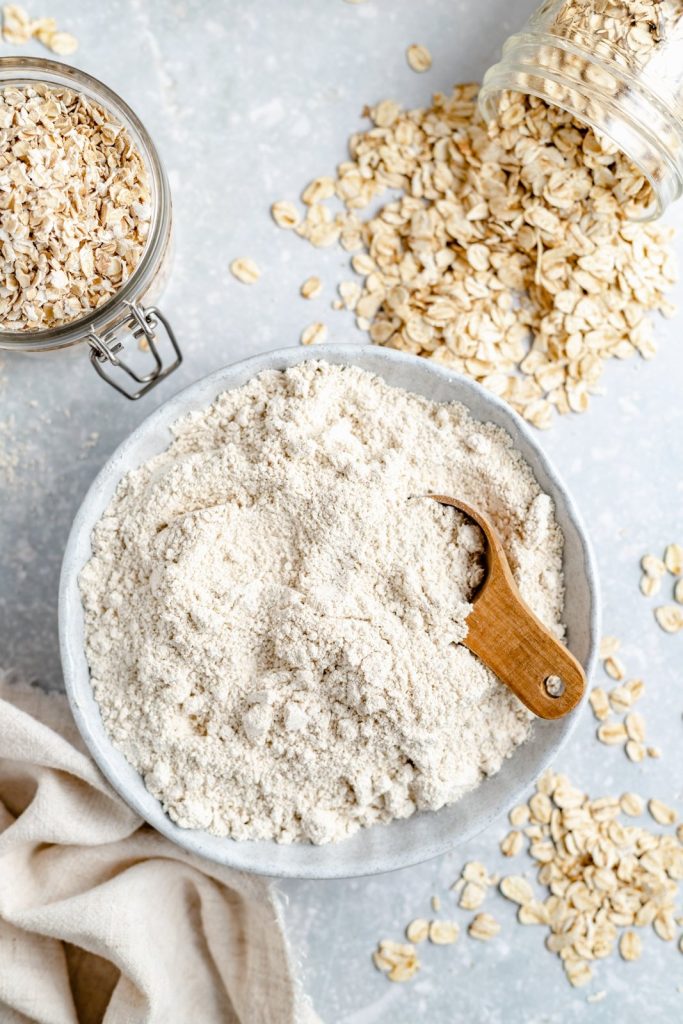
Oat flour is another gluten-free option that you may use in place of chickpea flour. It may be a binder for healthy vegan recipes and baked dishes. Oat flour is easily found in most grocery stores, and the good news is that you can manufacture your own. Crush ordinary oatmeal in a food processor until it reaches a powdered consistency.
5. Seitan Flour
Wheat protein is primarily seitan. Although they may appear identical, seitan is more concentrated than wheat flour. It becomes even stickier when combined with water, ideal for constructing stretchable baked meals. To make flourless seitan sticky for other meals, combine it with other flours such as oat or wheat. The dough’s sticky nature may prevent air from escaping when preparing bread, making the loaf dense and heavy.
7. Almond Flour
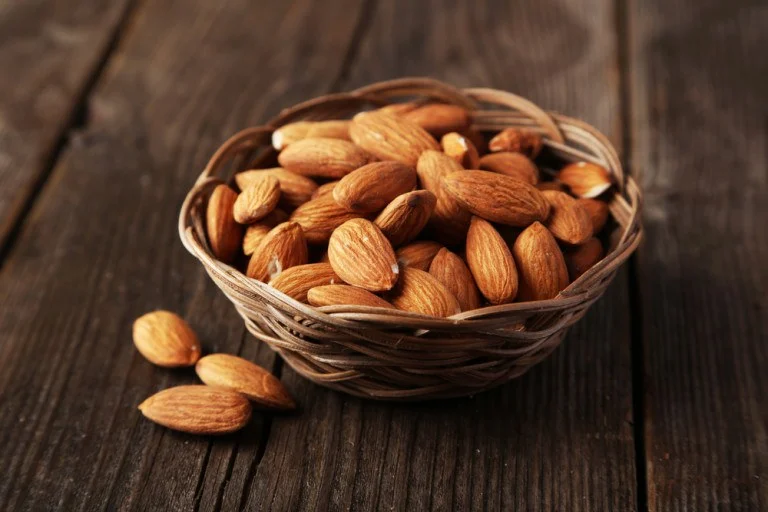
When I’m short of chickpea flour, I’ll use almond flour instead. Almonds are high in protein, so in addition to using them as a treat, I prefer to use them to make vegan meatballs or burger patties. It’s simple to season and bind, and it has a nutty scent that adds a lot of flavor to the dish.
With a food processor, you can make almond flour at home. It’s easy. Grind it until it reaches a powdery consistency. Just peel the skin first, not impart a bitter flavor to the flour. Keep the fresh almond flour in the fridge until you’re ready to use it in a recipe.
8. Buckwheat Flour
When creating pasta or noodles, the flour you choose is critical. In Japan, buckwheat flour is used to produce soba noodles. That helps to explain why the noodles are so flavorful and al dente. Compared to buckwheat flour, chickpea flour may not be the best choice for producing pasta.
You may use buckwheat flour to make nutritious handmade noodles and pasta. It has fewer calories and more health benefits, making it less guilt-inducing to consume daily. You’ll never go back to store-bought noodles once you’ve tried creating your own.
9. Amaranth Flour
In many aspects, amaranth flour is similar to buckwheat flour. It has a lengthy history of usage as a dietary staple, making it 100 percent proven and tested for health benefits and culinary applications. It’s also gluten-free and a great cereal, to begin with.
You may make tortillas, flatbreads, and other baked goods with amaranth flour. Unlike ordinary cornstarch, it gives the meal a nutty taste and a pleasant scent. You may also get some support from it by thickening soups and stews with a teaspoon of amaranth flour.
10. Spelt Flour
Because of its distinct qualities, spelled flour entered our list. When added to meals such as baked pastries, it has a nutty flavor and scent. However, it is not as adaptable as other varieties of flour, which may be used in practically every baked dish.
Cookies, muffins, brownies, and granola bars are excellent spelled flour uses. Spelled flour is the most outstanding alternative, especially if you’re looking for a healthy dessert option for the family. If you can’t locate it in your local grocery shop, you may always look online for alternatives.
My Personal Favorite
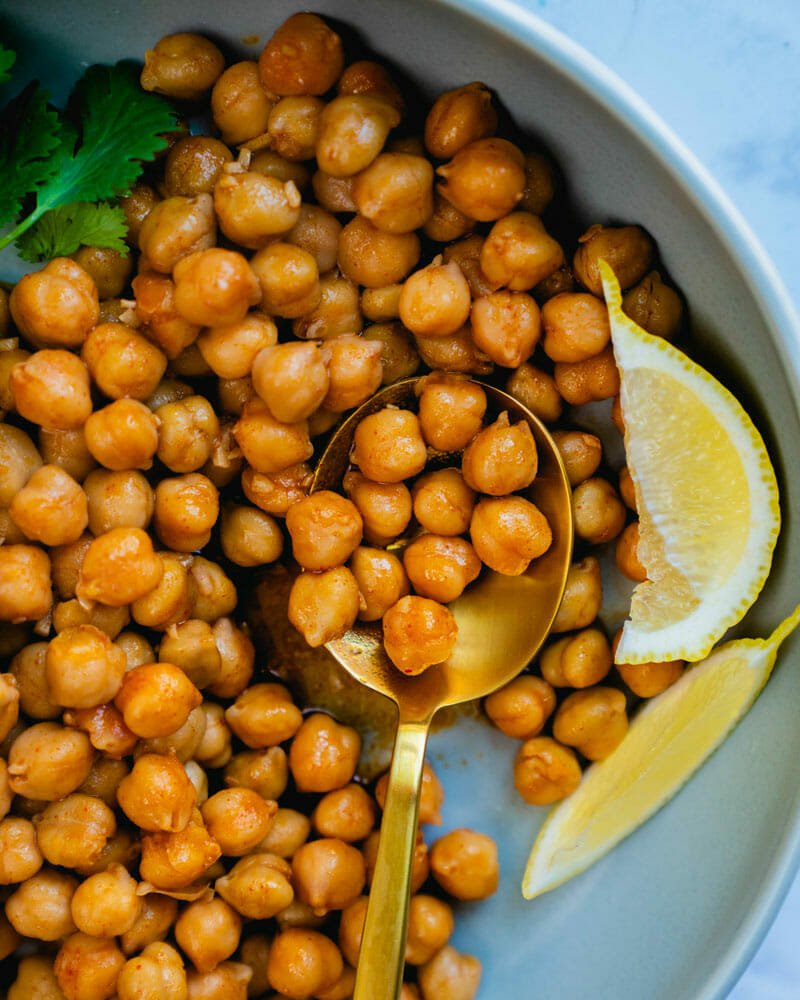
It’s nice to know that we have at least ten substitutes for chickpea flour. But, I’ll say this to offer my own complete proof experience.
I’ll use quinoa flour in savory meals that call for chickpea flour. It can be more expensive comparatively, but it gets the job done. I use it when I’m out of chickpeas since it’s simple to season and blend with other things. Quinoa stands out among the other grains because of its health advantages. Although it is a little pricey, I don’t mind it because it is well worth the money.
I still prefer oat flour in baking. My go-to choice is making cakes, pastries, bread, and even tortillas. First and foremost, it is gluten-free, rich in nutritional value, and low in calories. It has a nice consistency and complements the food well. It’s not overbearing, and it’s simple to include in most foods.

